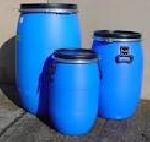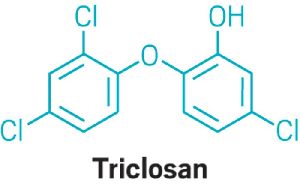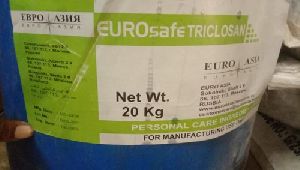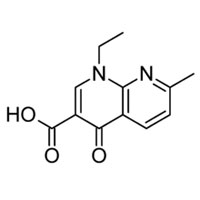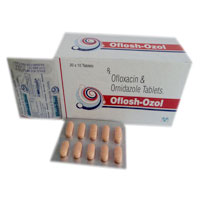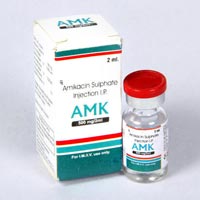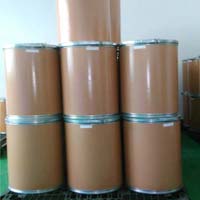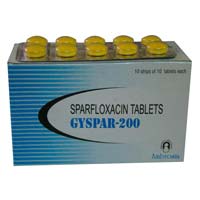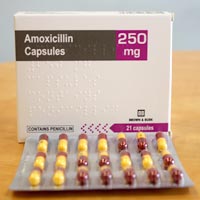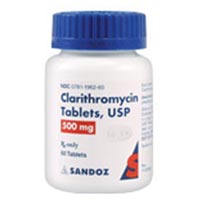Listing ID #3399860
Company Information
Ask for more detail from the seller
Contact SupplierObtaining our superior grade product range is easy as we are based in Gandhinagar(India), which is well connected by air, road and rail. As we have a spacious warehouse, we are capable of meeting the urgent requirements of the clients. Moreover, we never go out of stock and thus we maintain year round availability.
Details :
Uses of Triclosan :


